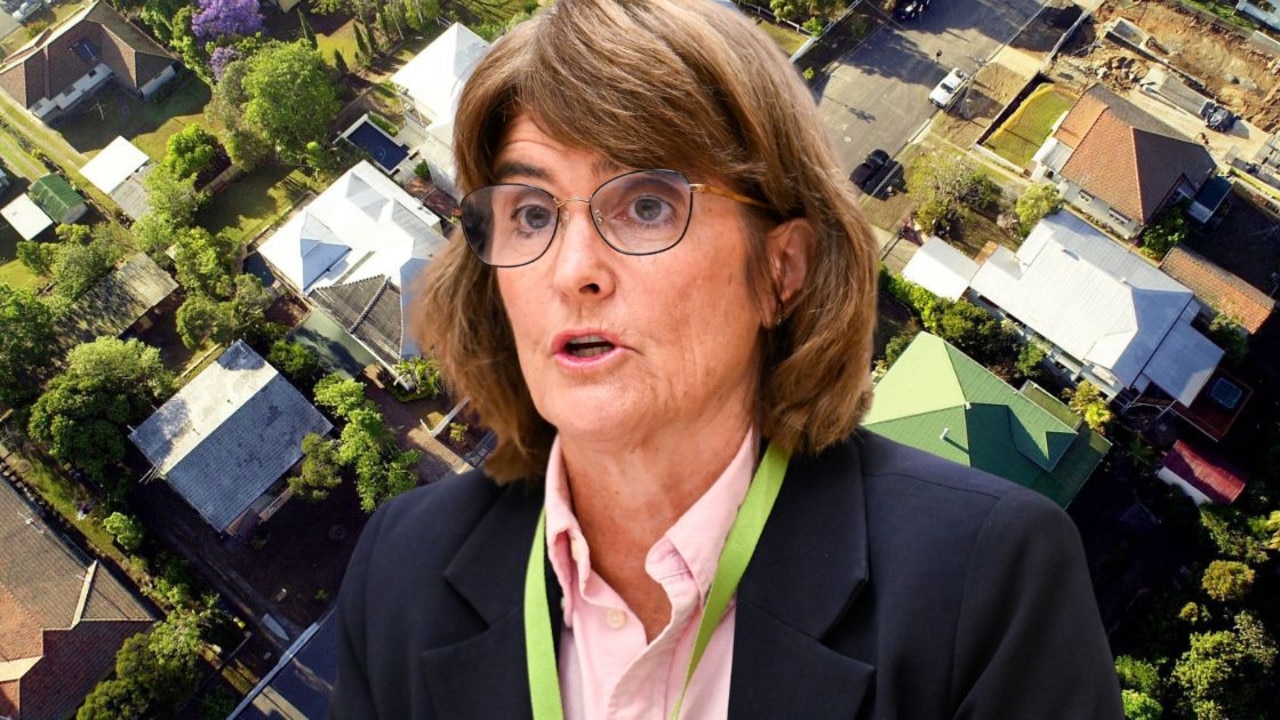Anzac Day 2021: Submarine crew who forged a path to Gallipoli
The lesser-known exploits of a submarine crew laid the foundations for the campaign that defined a nation.
CM Insight
Don't miss out on the headlines from CM Insight. Followed categories will be added to My News.
At 2.30am on April 25, 1915, the first Australian submarine, AE2, surfaced and entered the perilous Dardanelles Strait, threading its way through mines and treacherous currents.
For almost two hours, it remained undetected by the sweep of searchlights, but then, just as the first troops were coming ashore at Anzac Cove, a shot rang out. The AE2 had been spotted.
The sub dived and kept going.
It had been protecting the fleet by attacking minelaying ships in the Narrows of Charnak in the lead-up to the Gallipoli landings, but had now passed through the 800m-wide Narrows and entered the 56km-long Dardanelles, or Strait of Gallipoli – the link between the Mediterranean and Constantinople, now Istanbul.
The commanding officer was Irishman Lieutenant Commander Henry “Bram” Stoker, and most of his crew were Australians, among them a Queenslander, Able Seaman Alec Nichols, who had grown up on a Maroochy River cane farm.

Breaching the Narrows was a tactical and morale issue. If the new submarines could get through the shallow water, currents, shelling from the shore, and mines, then Turkey’s troop ships, supply chain and even access to Constantinople were threatened.
Dicing with death heading through the Dardanelles towards the Sea of Marmara, a crew member counted 18 mine wires scraping the AE2’s side, and twice, something much bigger, most likely mines that failed to explode.
At 6am, the sub surfaced to periscope depth but was fired on from the shore, and at 9am they finally reached the Sea of Marmara.
Its breakthrough rallied the Anzac landing. War historian C.E.W. Bean reported a notice on a stump at Anzac Cove: “Australian Sub AE2 just through the Dardanelles. Advance Australia!”
For the next five days, Stoker and his crew played a cat and mouse game to divert the Turks trawling the sea above them. It dodged gunboats and minesweepers, and sometimes nets strung between two ships.
But it could stay submerged for only a limited time and the sea was oily calm. Even raising the periscope at night was fraught with danger.

Several times they were spotted and fired upon by the Turkish naval ships and ground artillery, the sub buffeting with the force and bullets pinging on its sides. The crew had to make running repairs on damage caused by catapulting into the seabed.
Their run ended when they were hit three times by the torpedo boat, Sultanhisar. The AE2 sank within minutes but miraculously, all on board survived and would spend the rest of the war in a Turkish prison camp.
Stoker, known as Bram – his grandfather was the author of Dracula – was repatriated to England in December 1918 and left the Navy for a career on stage. He made 38 movies between 1933 and 1961, working alongside Sir Laurence Olivier and Sir John Mills.
Alec (Alexander) Nichols had joined the Navy at 19 in 1912.
In May 1916, he and Able Seaman John Wheat were working in appalling conditions on the railway tunnels at Haçikiri and began planning their escape. After months of asking local peasants about their location, and hoarding food and utensils, they set off on August 12.
It proved disastrous. The terrain was precipitous and impassable, offered no shelter, water or food, and they quickly became lost. By the time they were within sight of the coast, they were almost starving. They were forced to return and were recaptured.

On his release in 1918, Nichols recuperated in London where he met a nurse, Eva, who would become his bride. They returned to Queensland together.
Nichols returned to work with the Brisbane City Electricity Department at Breakfast Creek and became first president of the new Ex-Navalmen’s Association of Australia.
He signed up again in 1939 and spent World War II in the Pacific on minesweepers and with the Coastwatchers. He was in Darwin during the Japanese raids.
Alec and Bram Stoker remained friends for life. Stoker died in London on his 81st birthday in 1966 and Nichols at Woody Point in 1971, aged 78.
“We are all so lucky that he was so happy to tell us about all the things that happened to him, in AE2, the prison camp and his escape attempts,” his granddaughter, Ley Edgecombe of Brisbane says. “Granddad became very interested in Turkish culture. We were the only kids that had olive oil on our salads in those days. Above all, he was Navy through and through.”
Nichols, Stoker, the AE2 crew and all submariners will be honoured at a Naval Association of Australia public ceremony at the Jack Tar Memorial, South Bank (next to Ship Inn) on Thursday, April 29, at 10.30am.



